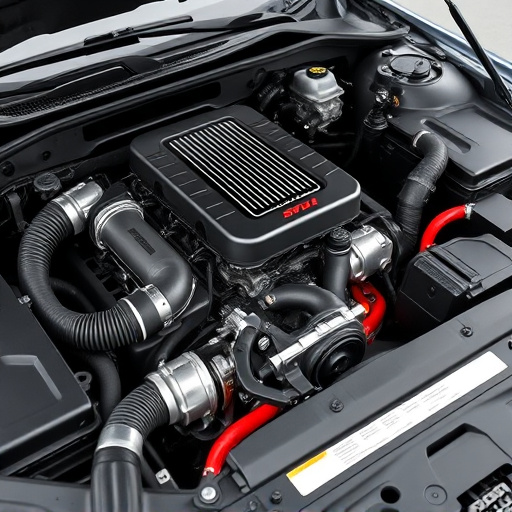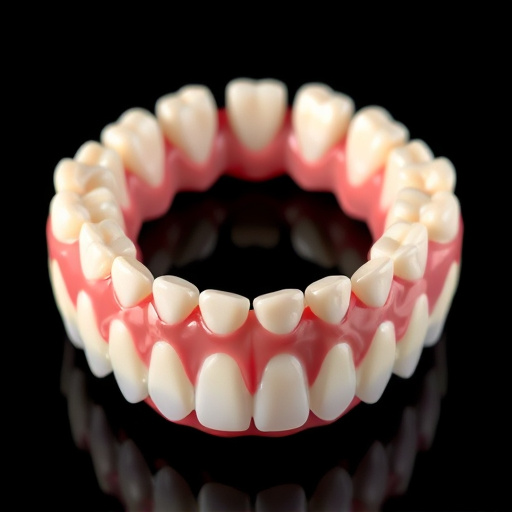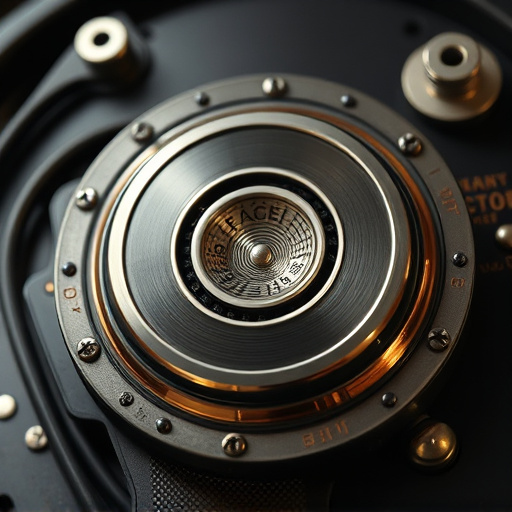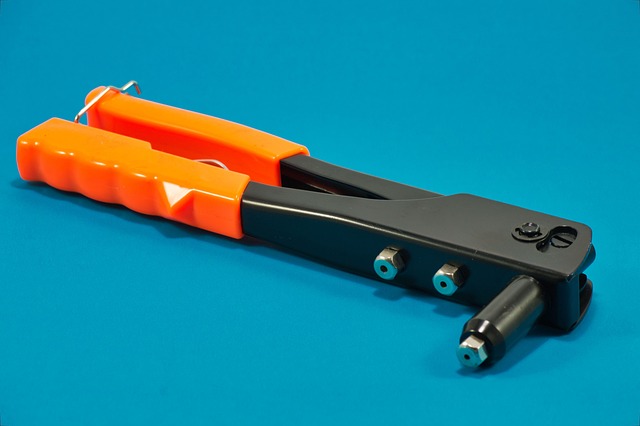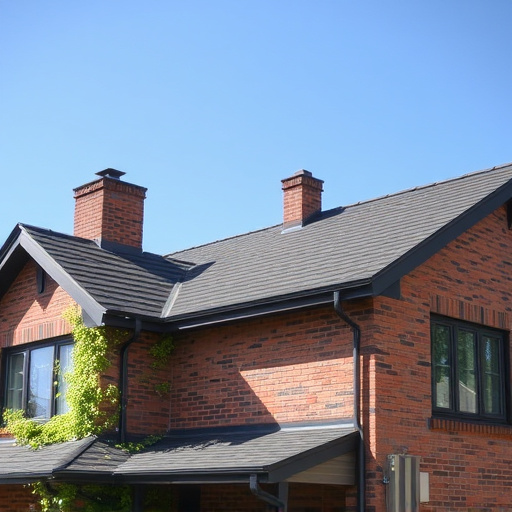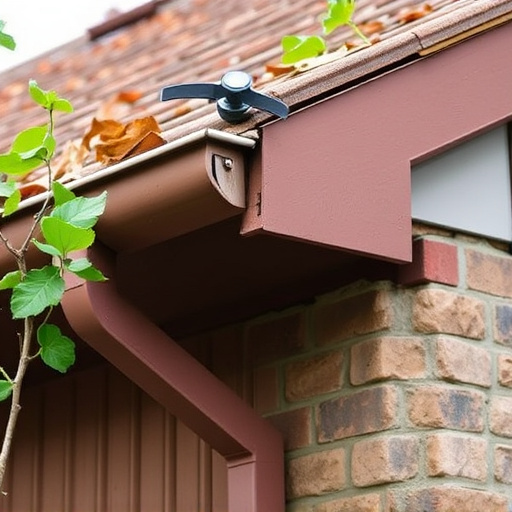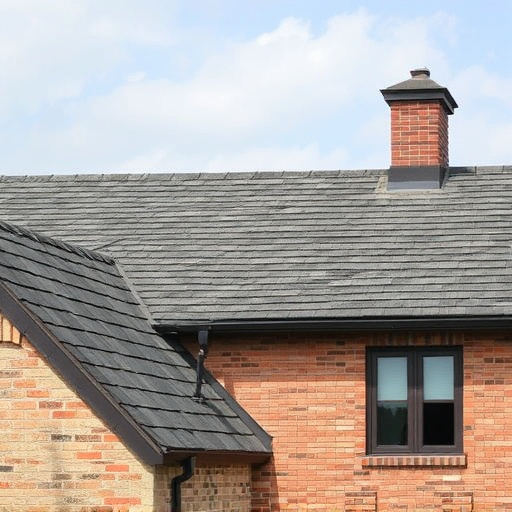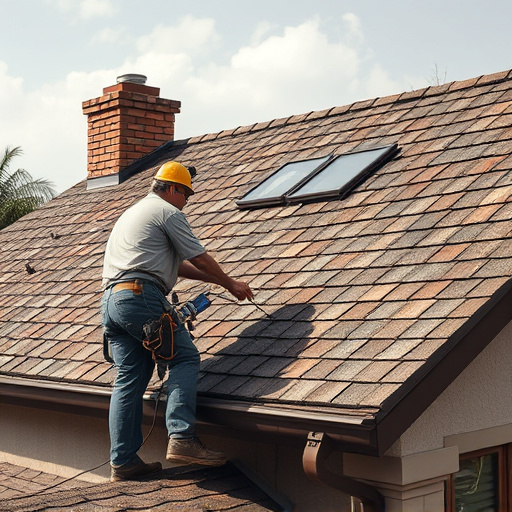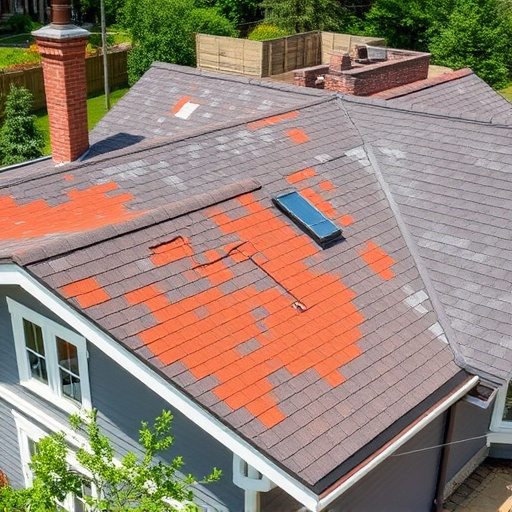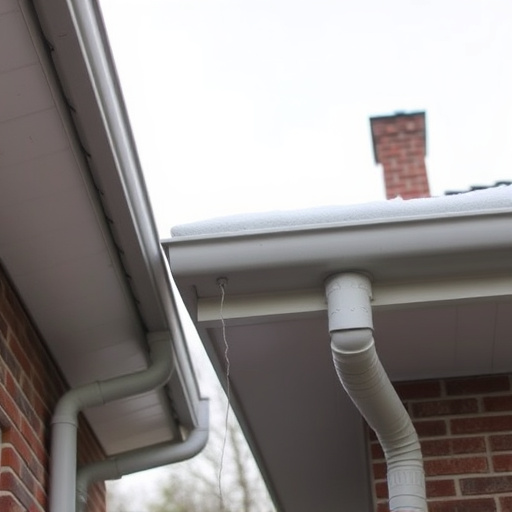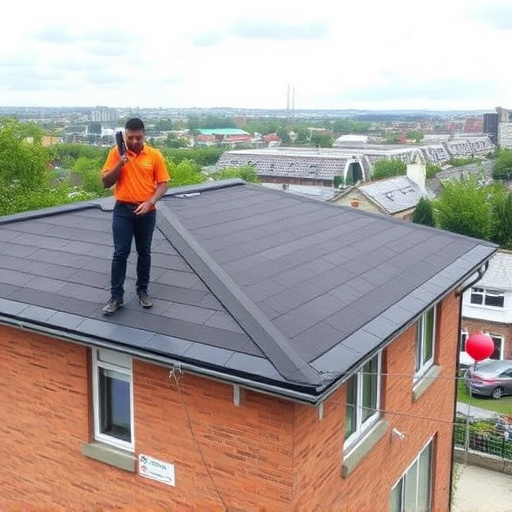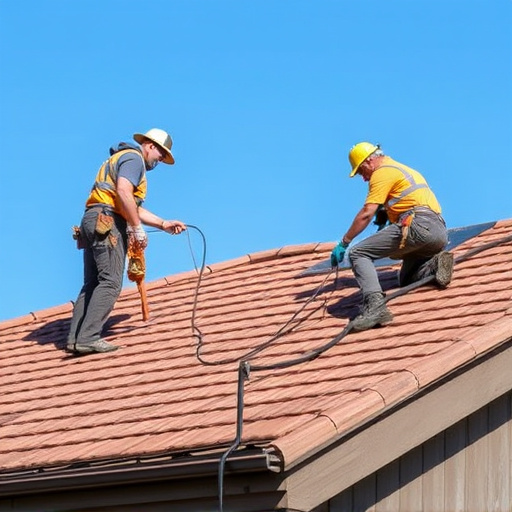Vinyl siding is a popular exterior cladding choice due to its durability, low maintenance, and wide range of styles. While it offers benefits like ease of installation and energy efficiency, it may not withstand extreme weather or UV exposure over time. Despite drawbacks, vinyl remains a cost-effective solution for homeowners seeking to enhance their exterior spaces, with durability and low maintenance key considerations among all siding materials. The market provides diverse options catering to various design preferences, making exterior home improvements both visually appealing and practical, including commercial roofing and siding.
Choosing the right exterior siding for your home is a significant decision that impacts aesthetics and longevity. This guide explores the pros and cons of three common siding materials: vinyl, fiber cement, and stucco. Vinyl siding stands out for its durability, versatility in style, and cost-effectiveness but may not fare well in extreme weather. Fiber cement offers superior durability and low maintenance but comes at a higher price point. Stucco provides classic beauty and longevity but requires more upkeep and is susceptible to weather damage. Understanding these factors can help you make an informed choice for your home’s exterior.
Pros and Cons of Vinyl Siding
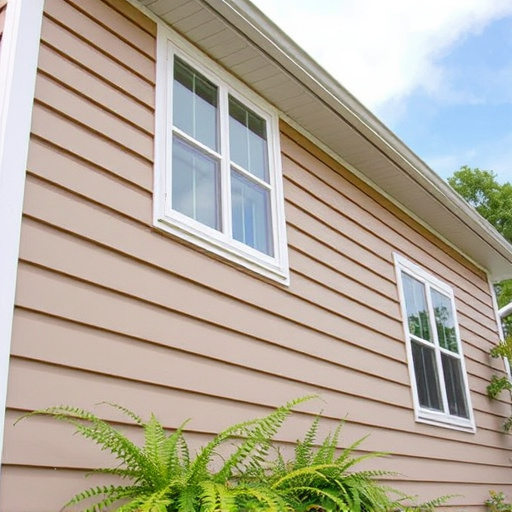
Vinyl siding has gained significant popularity as one of the most common exterior siding materials for residential properties. Its appeal lies in its durability and low maintenance requirements. Pros include ease of installation, resistance to rot and pest damage, and a wide range of styles available to suit different architectural designs. Vinyl is also an energy-efficient choice, as it can help insulate homes, leading to reduced heating and cooling costs.
However, there are some drawbacks to consider. While vinyl is durable, it may not hold up well in extreme weather conditions like heavy snowfall or high winds. Over time, UV exposure can cause fading, and certain types of vinyl may be susceptible to warping or cracking when exposed to heat. Additionally, unlike professional siding installations that offer a long-term solution, vinyl siding replacements can become frequent tasks due to its tendency to yellow or crack with age. Despite these cons, vinyl remains a cost-effective and convenient option for exterior home improvements.
– Durability and low maintenance
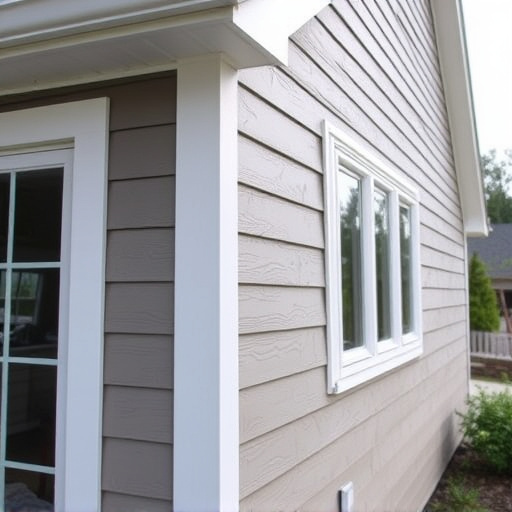
One of the most significant factors when considering exterior siding materials is durability and low maintenance. Materials that offer long-lasting protection against the elements, such as vinyl, fiber cement, and wood, are popular choices for homeowners seeking reliable siding materials. These options not only withstand harsh weather conditions but also resist rot, pest damage, and fading, reducing the need for frequent repairs or replacements. This low maintenance aspect translates to significant long-term savings for property owners, making it an attractive feature in the market for exterior home improvements.
A professional siding installation can provide homeowners with robust roofing solutions that enhance the curb appeal and structural integrity of their properties. By investing in durable siding materials, homeowners can ensure that their exterior appearances remain pristine and their homes are shielded from environmental factors, thereby extending the lifespan of their exterior home improvements. This not only offers peace of mind but also contributes to the overall value and longevity of the property.
– Wide range of styles and colors
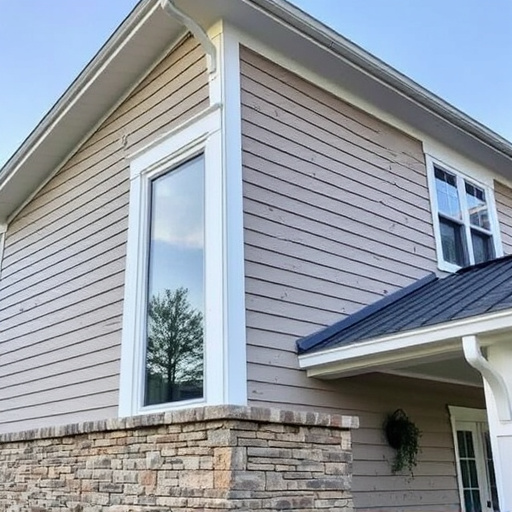
When it comes to siding materials, homeowners have an extensive array of options to choose from, each offering distinct aesthetics and performance benefits. This versatility is particularly appealing for those looking to enhance their exterior home improvements while aligning with their design preferences. The market boasts a wide range of styles and colors, ensuring every property can find a suitable match. From classic vinyl siding in various hues to timeless wood textures and modern composite materials, the possibilities are virtually endless. This diversity allows homeowners to create a unique visual identity for their homes or maintain traditional aesthetics.
Moreover, the availability of different siding materials extends beyond residential applications. Commercial roofing and commercial siding projects also benefit from this variety, catering to diverse architectural styles and business needs. Whether it’s a sleek, low-maintenance option for a commercial building or a more intricate design for a historical structure, there’s a siding material tailored to meet these specific requirements. This versatility not only enhances the exterior beauty of properties but also provides long-lasting durability and protection against the elements.
When choosing exterior siding, each material offers unique advantages and considerations. Vinyl siding stands out for its durability and low-maintenance requirements, along with a vast array of styles and colors to suit various aesthetic preferences. However, it may not be as environmentally friendly as other options. Other siding materials offer different benefits, such as natural beauty and longevity, but often come with higher maintenance demands. Understanding these pros and cons is essential in making an informed decision that aligns with your home’s needs and your personal preferences for the best siding materials.
